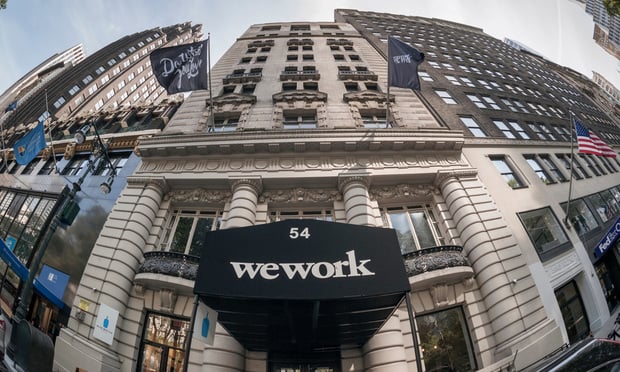LOS ANGELES—Flex space could account for 13%, or nearly 600 million square feet of total US office supply by 2030, according to a recent report on the asset class by CBRE.
As this category grows, its model is shifting to take into account more innovative lease structures. As they do, the capital markets are watching closely, unsure of what these changes could mean to buildings' valuations.
Recommended For You
Want to continue reading?
Become a Free ALM Digital Reader.
Once you are an ALM Digital Member, you’ll receive:
- Breaking commercial real estate news and analysis, on-site and via our newsletters and custom alerts
- Educational webcasts, white papers, and ebooks from industry thought leaders
- Critical coverage of the property casualty insurance and financial advisory markets on our other ALM sites, PropertyCasualty360 and ThinkAdvisor
Already have an account? Sign In Now
*May exclude premium content© 2025 ALM Global, LLC, All Rights Reserved. Request academic re-use from www.copyright.com. All other uses, submit a request to [email protected]. For more information visit Asset & Logo Licensing.









